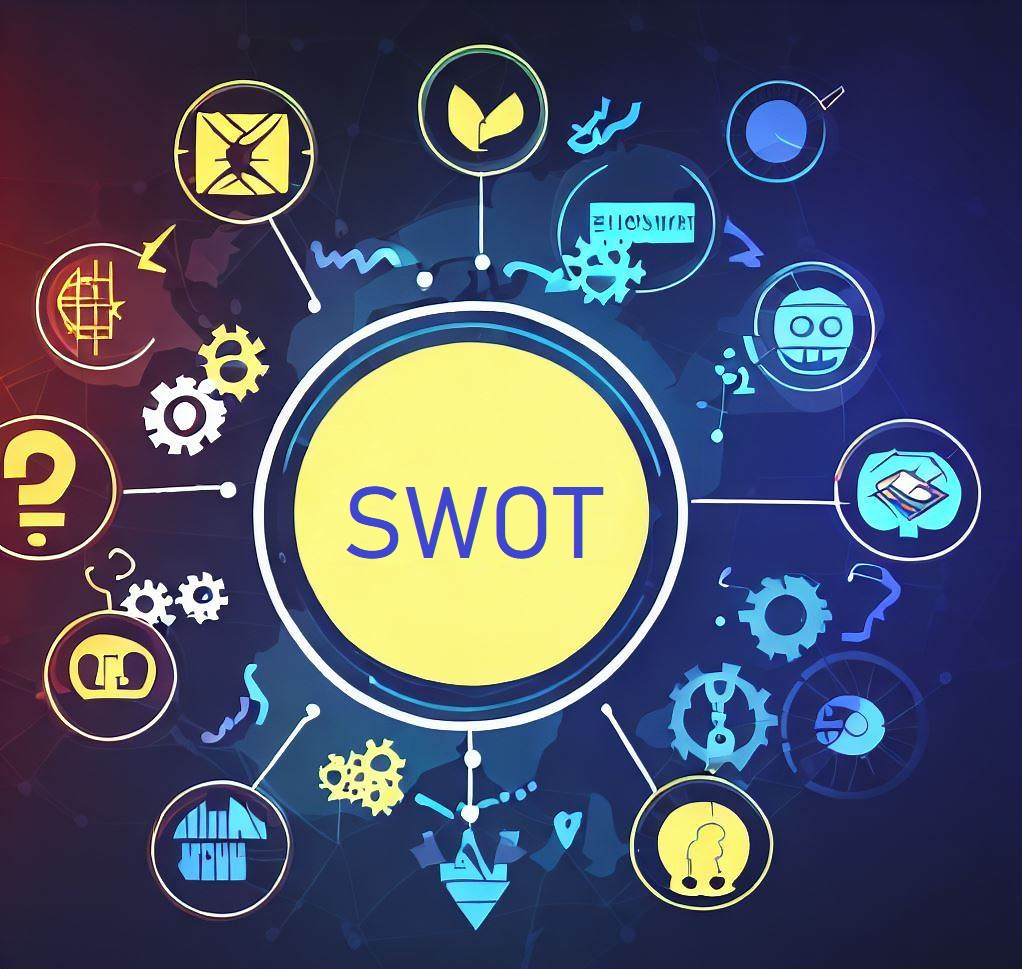SWOT analysis is a strategic planning tool used by IT project managers and businesses to assess the internal and external factors that can impact a project or organization. SWOT stands for Strengths, Weaknesses, Opportunities, and Threats. It helps project managers identify and understand key factors that can influence project success or failure. Here’s how SWOT analysis works:
1. Strengths (Internal): Strengths refer to the internal attributes that give your project or organization an advantage over others. These are areas where you excel or have a competitive edge. When conducting the strengths analysis, consider aspects such as:
- Talents and skills of your project team members.
- Technical expertise and capabilities within your organization.
- Well-established processes, tools, and methodologies.
- Strong relationships with stakeholders or partners.
- Positive project culture and work environment.
2. Weaknesses (Internal): Weaknesses are internal factors that put your project or organization at a disadvantage or hinder your performance. Identifying weaknesses helps you plan for improvement and mitigation. Consider areas such as:
- Skill gaps or lack of expertise within the team.
- Inadequate resources, including budget, personnel, or technology.
- Bottlenecks or inefficiencies in project processes.
- Poor communication or collaboration within the team.
- Lack of experience with specific technologies or methodologies.
3. Opportunities (External): Opportunities are external factors that could be leveraged to your project’s advantage. These are areas where you can potentially capitalize on external trends or changes. Analyze factors such as:
- Emerging technologies that align with your project goals.
- Market trends or shifts that create new demand for your project’s outputs.
- Regulatory changes that open up new possibilities.
- Collaboration or partnership opportunities with other organizations.
- Changes in customer preferences that your project can cater to.
4. Threats (External): Threats are external factors that could negatively impact your project or organization. Identifying threats allows you to prepare contingency plans and risk mitigation strategies. Look out for factors such as:
- Competitive pressures from other projects or organizations.
- Technological disruptions that could render your project obsolete.
- Economic downturns or financial constraints.
- Regulatory or legal challenges that may arise.
- Shifting customer preferences that could impact project viability.
How to Conduct SWOT Analysis:
- Gather Information: Collect relevant information about your project, organization, industry trends, and external factors that might affect your project.
- Identify Factors: Brainstorm and list down the strengths, weaknesses, opportunities, and threats relevant to your project.
- Analyze and Prioritize: Assess the significance and impact of each factor. Prioritize the most important factors that will heavily influence your project’s success.
- Strategic Planning: Use the insights gained from the analysis to develop strategies that capitalize on strengths, address weaknesses, exploit opportunities, and mitigate threats.
- Action Planning: Translate the strategic insights into actionable steps that guide your project management decisions.
- Regular Review: Continuously review and update your SWOT analysis as your project progresses and the external environment evolves.
SWOT analysis is a versatile tool that helps project managers make informed decisions, align project strategies, and mitigate potential risks. It’s important to approach it with an open and critical mindset, involving relevant stakeholders to ensure a comprehensive and accurate analysis.


